Toothpaste Uses Outside Bathroom: Prepare to be amazed! You probably think of toothpaste as that minty-fresh stuff you squeeze onto your toothbrush twice a day. But what if I told you that humble tube holds a treasure trove of cleaning and DIY potential far beyond your pearly whites?
For generations, toothpaste has been a staple in our bathrooms, primarily for oral hygiene. But resourceful individuals have long recognized its hidden talents. Think of it as a gentle abrasive and mild cleaning agent, just waiting to be unleashed on a variety of household tasks. From removing stubborn stains to polishing silver, the possibilities are surprisingly vast.
In today’s world, where we’re all looking for ways to save money, reduce waste, and embrace a more DIY lifestyle, understanding alternative toothpaste uses outside the bathroom is more relevant than ever. Why buy a specialized cleaner when you might already have the perfect solution sitting right there on your bathroom counter? This article will unlock the secrets of this everyday essential, providing you with simple, effective, and often surprising ways to put your toothpaste to work around your home. Get ready to discover a whole new world of cleaning and DIY possibilities!
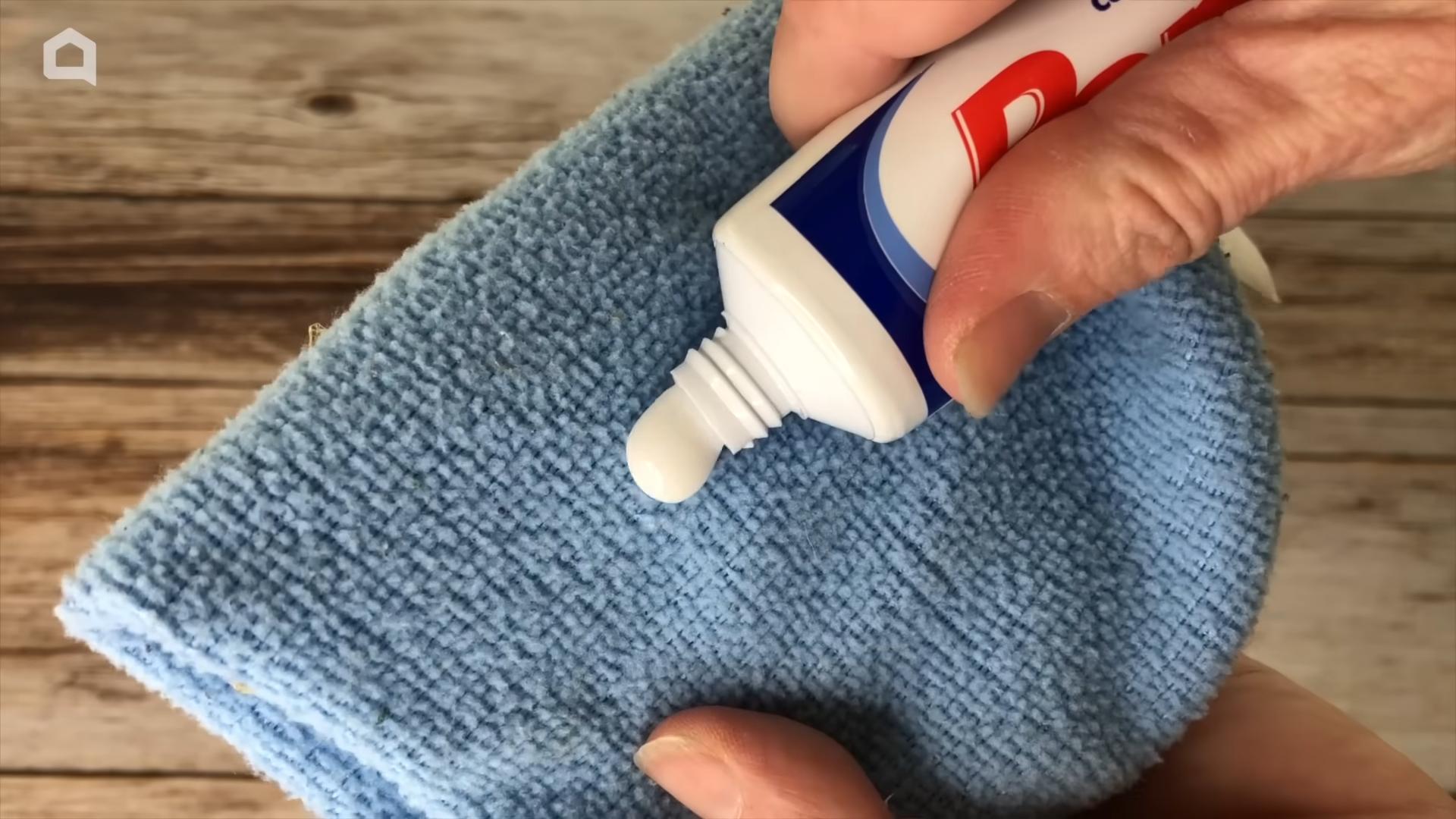
Beyond the Brush: Unexpected Uses for Toothpaste Around Your Home
Okay, let’s be honest. We all know toothpaste is for brushing our teeth, right? But what if I told you that humble tube of minty freshness is actually a secret weapon against all sorts of household woes? I’ve been experimenting with toothpaste hacks for years, and I’m constantly amazed by its versatility. So, ditch the harsh chemicals and expensive cleaners – let’s unlock the hidden potential of toothpaste!
Cleaning and Polishing Powerhouse
Toothpaste, especially the non-gel kind, contains mild abrasives that make it fantastic for cleaning and polishing. Think of it as a gentle scrub that can lift grime and restore shine without scratching.
* Silver Savior: Tarnished silverware? Toothpaste to the rescue!
* Jewelry Sparkle: Bring back the brilliance to your diamonds and gold.
* Chrome Champion: Make your faucets and fixtures gleam.
* Sneaker Rescuer: Erase scuffs and marks from your favorite kicks.
* Ironing Board Cleaner: Remove scorch marks and residue.
Stain Removal Superstar
Toothpaste’s stain-fighting abilities extend far beyond your pearly whites. Its mild bleaching properties can help lift stubborn stains from various surfaces.
* Fabric Stain Fighter: Tackle ink, lipstick, and even food stains.
* Wall Wonder: Erase crayon marks and scuffs from painted walls.
* Carpet Cleaner: Spot-treat small carpet stains with ease.
* Leather Lifesaver: Remove stains from leather shoes and bags.
Other Amazing Applications
Beyond cleaning and stain removal, toothpaste has a few other surprising tricks up its sleeve.
* Defogging Agent: Keep your bathroom mirror fog-free.
* Bug Bite Relief: Soothe itching and reduce inflammation.
* Pimple Treatment: Dry out pesky blemishes overnight.
* Phone Screen Protector: Remove minor scratches from your phone screen.
Step-by-Step Guides to Toothpaste Magic
Now, let’s dive into the specifics. I’ll walk you through each hack with clear, easy-to-follow instructions. Remember to always test a small, inconspicuous area first to ensure the toothpaste doesn’t damage the surface.
Silverware Sparkle: Polishing Tarnished Silver
Tarnished silverware can look dull and lifeless. But don’t worry, you can easily restore its shine with toothpaste.
1. Gather Your Supplies: You’ll need a tube of non-gel toothpaste (avoid whitening formulas with harsh abrasives), a soft cloth, warm water, and a clean, dry cloth.
2. Apply Toothpaste: Squeeze a small amount of toothpaste onto the soft cloth.
3. Gently Polish: Rub the toothpaste onto the tarnished silverware in a circular motion. Be gentle and avoid applying too much pressure.
4. Rinse Thoroughly: Rinse the silverware under warm water, making sure to remove all traces of toothpaste.
5. Dry and Buff: Dry the silverware with a clean, dry cloth. Buff it gently to restore its shine.
Jewelry Revival: Making Your Bling Shine Again
Diamonds and gold can lose their sparkle over time due to dirt and grime. Toothpaste can help bring back their brilliance.
1. Gather Your Supplies: You’ll need a tube of non-gel toothpaste, a soft toothbrush (an old one is perfect), warm water, and a clean, dry cloth.
2. Apply Toothpaste: Squeeze a small amount of toothpaste onto the soft toothbrush.
3. Gently Scrub: Gently scrub the jewelry with the toothbrush, paying attention to any crevices or hard-to-reach areas.
4. Rinse Thoroughly: Rinse the jewelry under warm water, making sure to remove all traces of toothpaste.
5. Dry and Buff: Dry the jewelry with a clean, dry cloth. Buff it gently to restore its shine. Be extra careful with delicate stones or pearls.
Chrome Gleam: Polishing Faucets and Fixtures
Water spots and grime can make your chrome fixtures look dull. Toothpaste can help restore their shine and make them look brand new.
1. Gather Your Supplies: You’ll need a tube of non-gel toothpaste, a soft cloth or sponge, warm water, and a clean, dry cloth.
2. Apply Toothpaste: Apply a small amount of toothpaste directly onto the chrome fixture.
3. Gently Scrub: Gently scrub the fixture with the cloth or sponge, paying attention to any areas with water spots or grime.
4. Rinse Thoroughly: Rinse the fixture under warm water, making sure to remove all traces of toothpaste.
5. Dry and Buff: Dry the fixture with a clean, dry cloth. Buff it gently to restore its shine.
Sneaker Rescue: Erasing Scuffs and Marks
Scuffs and marks can make your sneakers look worn and dirty. Toothpaste can help erase these imperfections and make your sneakers look fresh again.
1. Gather Your Supplies: You’ll need a tube of non-gel toothpaste, a soft toothbrush or cloth, warm water, and a clean, dry cloth.
2. Apply Toothpaste: Apply a small amount of toothpaste directly onto the scuff or mark.
3. Gently Scrub: Gently scrub the area with the toothbrush or cloth, using a circular motion.
4. Rinse Thoroughly: Rinse the area with warm water, making sure to remove all traces of toothpaste.
5. Dry and Buff: Dry the area with a clean, dry cloth. Repeat if necessary for stubborn marks.
Ironing Board Revival: Removing Scorch Marks
Scorch marks on your ironing board cover can be unsightly. Toothpaste can help remove these marks and make your ironing board look clean again.
1. Gather Your Supplies: You’ll need a tube of non-gel toothpaste, a damp cloth, and a clean, dry cloth.
2. Apply Toothpaste: Apply a small amount of toothpaste directly onto the scorch mark.
3. Gently Rub: Gently rub the toothpaste into the scorch mark with the damp cloth.
4. Wipe Clean: Wipe away the toothpaste with a clean, damp cloth.
5. Dry: Let the ironing board cover air dry completely.
Fabric Stain Fighter: Tackling Ink and Lipstick
Accidentally got ink or lipstick on your favorite shirt? Don’t panic! Toothpaste might be able to help.
1. Gather Your Supplies: You’ll need a tube of non-gel toothpaste, a soft cloth, and cold water.
2. Apply Toothpaste: Apply a small amount of toothpaste directly onto the stain.
3. Gently Rub: Gently rub the toothpaste into the stain with the soft cloth.
4. Rinse with Cold Water: Rinse the area with cold water, making sure to remove all traces of toothpaste.
5. Launder as Usual: Launder the garment as usual. This works best on fresh stains.
Wall Wonder: Erasing Crayon Marks
Kids love to express their creativity, but sometimes that creativity ends up on the walls. Toothpaste can help erase crayon marks without damaging the paint.
1. Gather Your Supplies: You’ll need a tube of non-gel toothpaste, a soft cloth, and warm water.
2. Apply Toothpaste: Apply a small amount of toothpaste directly onto the crayon mark.
3. Gently Rub: Gently rub the toothpaste into the crayon mark with the soft cloth.
4. Wipe Clean: Wipe away the toothpaste with a clean, damp cloth.
5. Dry: Let the wall air dry completely.
Carpet Cleaner: Spot-Treating Stains
Spilled coffee or juice on your carpet? Toothpaste can help spot-treat small stains.
1. Gather Your Supplies: You’ll need a tube of non-gel toothpaste, a soft cloth, warm water, and a vacuum cleaner.
2. Apply Toothpaste: Apply a small amount of toothpaste directly onto the stain.
3. Gently Rub: Gently rub the toothpaste into the stain with the soft cloth.
4. Let it Dry: Let the toothpaste dry completely.
5. Vacuum: Vacuum up the dried toothpaste.
Leather Lifesaver: Removing Stains from Leather
Toothpaste can help remove stains from leather shoes and bags, but be very careful and test a small area first!
1. Gather Your Supplies: You’ll need a tube of non-gel toothpaste, a soft cloth, and a leather conditioner.
2. Test a Small Area: Apply a small amount of toothpaste to an inconspicuous area of the leather and let it sit for a few minutes. If there’s no discoloration or damage, proceed
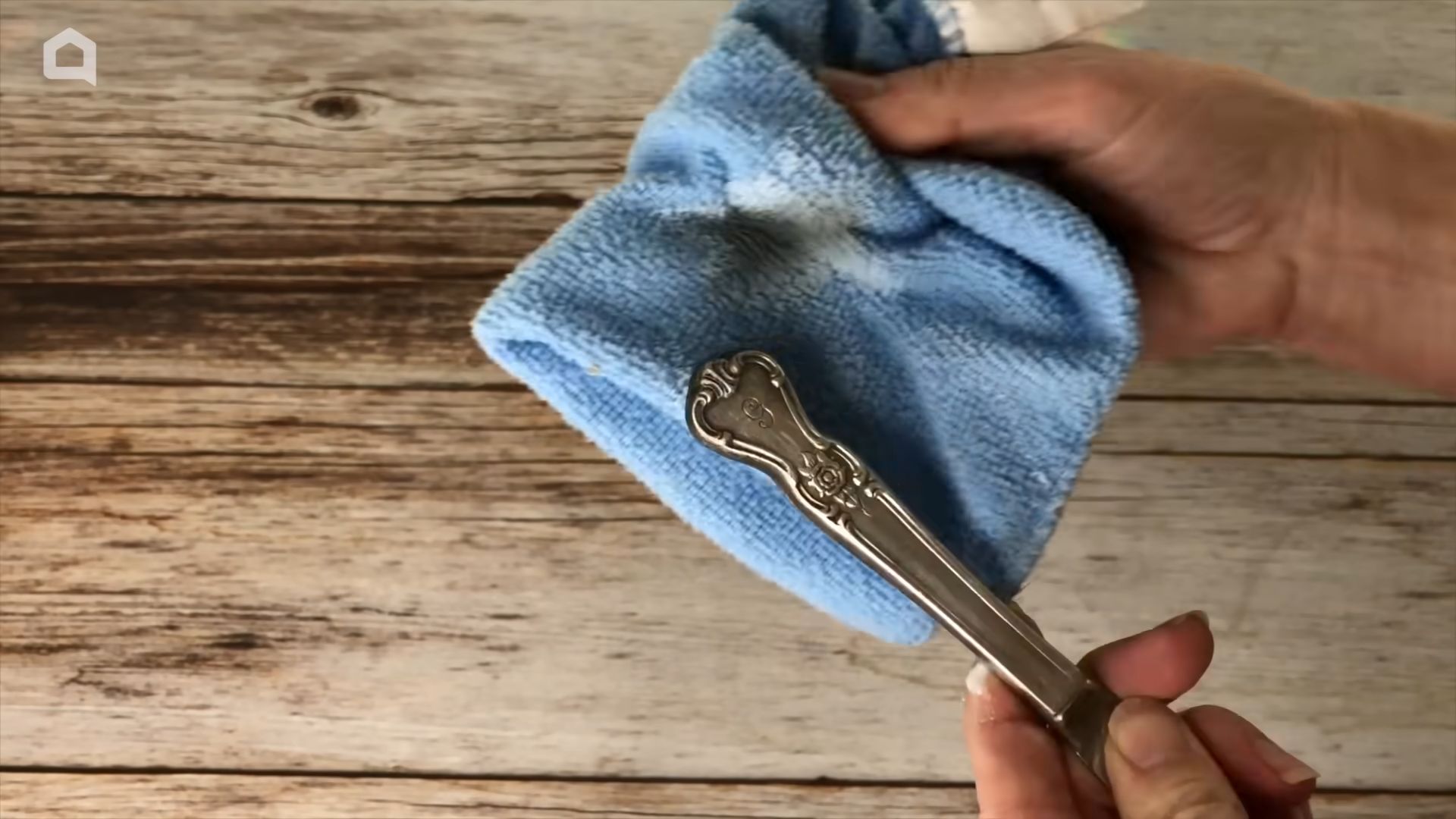
Conclusion
So, there you have it – a treasure trove of unexpected uses for that humble tube of toothpaste sitting in your bathroom! We’ve explored how this everyday item can be a surprisingly effective cleaning agent, a stain remover extraordinaire, and even a polisher for delicate surfaces. From rescuing scuffed shoes to banishing stubborn coffee stains, the versatility of toothpaste extends far beyond just oral hygiene.
But why should you embrace these unconventional applications? Simply put, it’s about resourcefulness and efficiency. Instead of reaching for a specialized cleaner for every little mishap, you can often achieve comparable, if not superior, results with something you already have on hand. This not only saves you money but also reduces the clutter in your cleaning cabinet. Plus, many of these toothpaste tricks are gentler on the environment than harsh chemical alternatives.
Why is this DIY trick a must-try? Because it’s practical, economical, and surprisingly effective. It empowers you to tackle everyday challenges with a readily available resource, transforming a simple tube of toothpaste into a multi-purpose problem solver.
Consider these variations to further tailor these techniques to your needs:
* For delicate surfaces: Always use a non-gel toothpaste and test a small, inconspicuous area first. A gentle touch is key to avoid scratching.
* For stubborn stains: Let the toothpaste sit on the stain for a longer period (up to 30 minutes) before gently scrubbing.
* For polishing silver: Mix a small amount of toothpaste with water to create a paste, apply to the silver, and buff with a soft cloth.
* For removing crayon marks: Use a damp cloth with a dab of toothpaste and gently rub the affected area.
We’ve covered a lot of ground, but the best way to truly appreciate the power of these toothpaste hacks is to try them yourself. Don’t be afraid to experiment and discover new ways to leverage this everyday essential.
We encourage you to put these tips to the test and share your experiences with us! Did you successfully remove a stubborn stain? Did you find a new and innovative use for toothpaste that we haven’t mentioned? Let us know in the comments below! Your insights could help others unlock the full potential of this versatile product. Embrace the unexpected and discover the many surprising uses of toothpaste beyond the bathroom sink. You might just be amazed at what you can achieve!
Frequently Asked Questions (FAQs)
Is it safe to use any type of toothpaste for these DIY tricks?
Not all toothpastes are created equal, and it’s crucial to choose the right type for specific applications. Generally, plain white toothpaste (not gel) is recommended for most cleaning and polishing tasks. Gel toothpastes often contain ingredients that are less effective for these purposes and may even be abrasive. Avoid using whitening toothpastes on delicate surfaces, as they can be too harsh and cause damage. Always test a small, inconspicuous area first to ensure the toothpaste doesn’t discolor or scratch the surface. For sensitive materials like leather or certain fabrics, consider diluting the toothpaste with water to reduce its abrasive power. When in doubt, err on the side of caution and opt for a gentler cleaning solution.
Can I use toothpaste to clean my phone screen?
While some sources suggest using toothpaste to remove scratches from phone screens, it’s generally not recommended. Toothpaste can be abrasive and may actually worsen the scratches or damage the screen’s coating. Instead, opt for a screen protector and use a microfiber cloth to clean your phone screen regularly. If you have deep scratches, consider consulting a professional repair service. The risk of damaging your phone screen with toothpaste outweighs any potential benefits.
Will toothpaste remove permanent marker from surfaces?
Toothpaste can be effective in removing permanent marker from certain surfaces, particularly non-porous ones like whiteboards or plastic. Apply a small amount of non-gel toothpaste to the marker stain and gently rub with a clean cloth. The mild abrasives in the toothpaste can help lift the ink from the surface. However, it’s essential to test a small, hidden area first to ensure the toothpaste doesn’t damage or discolor the material. For porous surfaces like fabric or wood, toothpaste may not be as effective and could even set the stain further. In such cases, consider using specialized stain removers designed for permanent marker.
How long should I leave toothpaste on a stain before wiping it off?
The amount of time you leave toothpaste on a stain depends on the severity of the stain and the type of surface. For light stains, a few minutes may be sufficient. For more stubborn stains, you can leave the toothpaste on for up to 30 minutes. However, it’s crucial to monitor the area and ensure the toothpaste doesn’t dry out completely, as this can make it more difficult to remove. After the allotted time, gently wipe the area with a damp cloth and rinse thoroughly. If the stain persists, repeat the process or try a different cleaning method.
Is toothpaste safe to use on leather?
Toothpaste can be used on leather in certain situations, but it’s essential to proceed with caution. For minor scuffs or stains, a small amount of non-gel toothpaste can be gently applied to the affected area with a soft cloth. However, avoid using toothpaste on delicate or treated leather, as it can damage the finish. Always test a small, inconspicuous area first to ensure the toothpaste doesn’t discolor or dry out the leather. After applying the toothpaste, wipe it off with a damp cloth and condition the leather to restore its moisture. For more significant stains or damage, it’s best to consult a professional leather cleaner.
Can I use toothpaste to polish jewelry?
Yes, toothpaste can be an effective and affordable way to polish certain types of jewelry, particularly silver. Apply a small amount of non-gel toothpaste to a soft cloth and gently rub the jewelry. The mild abrasives in the toothpaste will help remove tarnish and restore shine. However, avoid using toothpaste on delicate gemstones or pearls, as it can scratch or damage them. After polishing, rinse the jewelry thoroughly with water and dry it with a clean cloth. For best results, use a toothpaste specifically designed for polishing jewelry.
Are there any surfaces I should absolutely avoid using toothpaste on?
Yes, there are certain surfaces where using toothpaste is not recommended. Avoid using toothpaste on delicate gemstones, pearls, treated leather, painted surfaces, and electronic screens. The abrasives in toothpaste can scratch or damage these materials. Additionally, avoid using toothpaste on porous surfaces like fabric or wood, as it can be difficult to remove and may leave a residue. Always test a small, inconspicuous area before applying toothpaste to any surface, and when in doubt, opt for a gentler cleaning solution.

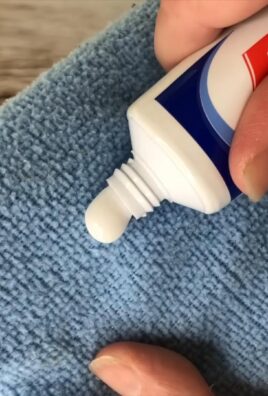
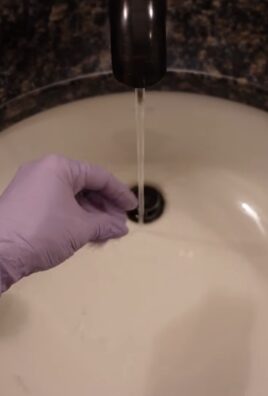
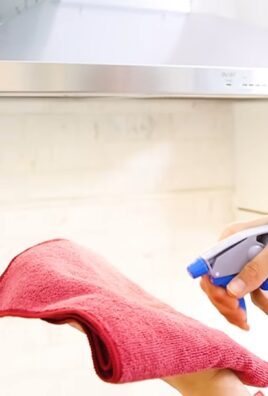
Leave a Comment